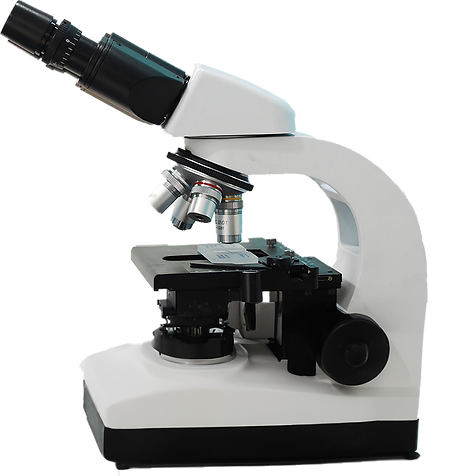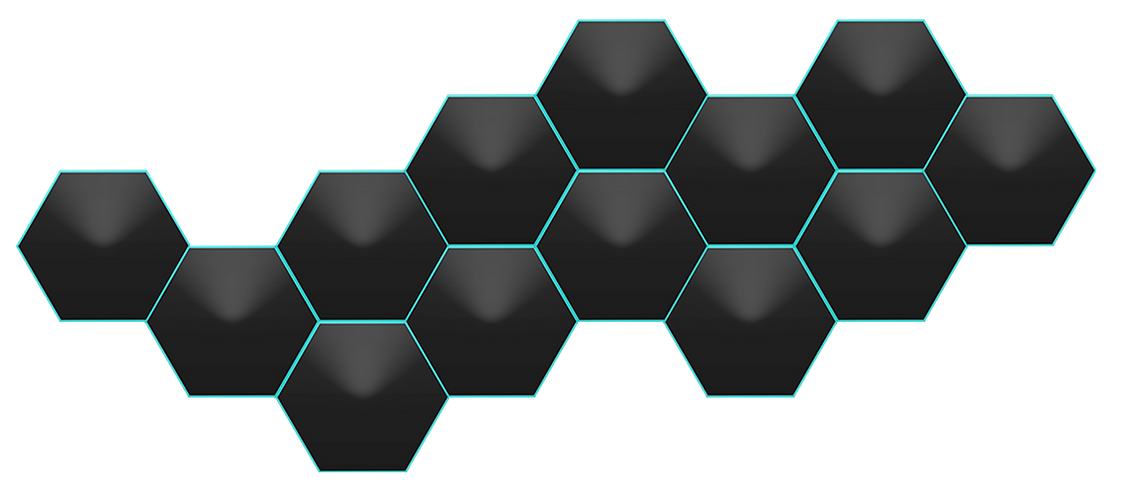
SBR
excellent stretching properties
as well as impact and abrasion resistance
Styrene-butadiene rubber
Styrene-butadiene rubber (SBR) is characterized by good flexibility, high tear strength and wear resistance,
which makes it particularly suitable for high friction applications such as tires. The moderate density allows a balanced combination of strength and weight. However, SBR has limited temperature resistance
as well as insulation properties and is significantly more susceptible to weathering and chemicals compared to other elastomers.
Chemical structure
Its chemical structure is based on the copolymerization of styrene and butadiene, with different ratios of these monomers leading to different types of SBR. The polymer chain contains both aromatic (styrene) and aliphatic (butadiene) segments, resulting in a balanced combination of material properties.
Material properties and resistance
is characterized by very good impact and abrasion resistance
has excellent stretching and ageing properties
Use in contact with brake fluid, organic acids and bases, as well as alcohol and water
limited resistance to UV radiation, weathering and many chemicals
is processed in large proportions for tire production, the automotive sector and general mechanical engineering
Temperature resistance: -40°C to 100°C
SBR is characterized by high wear resistance, which makes it particularly attractive in applications with mechanical stress. SBR is more sensitive to weathering than some other elastomers and can suffer from UV exposure. However, the material has good resistance to aging and ozone, which increases its durability and longevity. Flexibility SBR shows good flexibility and elasticity, which makes it suitable for various applications where high elongation is required. Tear resistance High tear resistance makes SBR resistant to mechanical stress and cracks. This is particularly important in applications where the material is subjected to heavy stress, such as in tires for vehicles. Wear resistance SBR has good wear resistance, which makes it suitable for high-wear applications such as tire treads. Its ability to withstand mechanical stress and low price also make it attractive for industrial applications. Density The density of SBR is in the medium range, resulting in a balanced combination of strength and weight. This moderate density is beneficial for applications where a certain lightness of the material is desired. Insulating properties SBR shows limited insulating properties compared to other elastomers. However, it is used in electrically non-conductive applications where moderate insulation is sufficient. Weather resistance SBR is more susceptible to weathering and ozone compared to other elastomers. Limited weather resistance can lead to degradation of material properties with prolonged exposure. Chemical resistance SBR is not resistant to most chemicals. It shows limited resistance to oils, greases and some acids and is very susceptible to damage from aggressive chemicals. Temperature resistance SBR is generally not as temperature resistant as other elastomers. It tends to soften more quickly at high temperatures,_11100000-0000-0000-0000-0000-000000000111_ which limits its use in applications with temperatures above 100°C. Water resistance SBR shows limited resistance to water and water vapor. Prolonged exposure to moisture can cause deterioration of the material properties. Chemical resistance SBR is not resistant to strong acids, alkalis and some solvents. Weather resistance It can also be affected by ozone, UV light and weathering, which limits its outdoor use.
Material hardness and coloring
SBR is available in different hardness grades, ranging from soft (40° Shore A) to harder types
(above 90° Shore A) is sufficient. This bandwidth enables adaptation to a wide variety of requirements and applications. In terms of color schemes, SBR is usually available in black or various shades of brown. However, color options are limited compared to some other elastomers.
Industries and applications
Styrene-butadiene rubber (SBR) is a versatile elastomer with excellent wear resistance and durability. Its applications extend across various industries, including the tire industry, conveyor belt industry, footwear industry, construction industry and sealing technology. The wide range of material hardnesses allows adaptation to a wide range of requirements in different applications.
Tire industry SBR is a main component of car tires due to its excellent wear resistance, grip and traction properties. Conveyor belt industry Due to its high abrasion resistance, SBR is used in conveyor belts and conveyor belts. shoe soles The combination of durability and abrasion resistance makes SBR a suitable material for shoe soles. Construction industry SBR is used in the construction industry for seals, hoses and insulation materials, where its wear resistance and cost-effective production are valued. Sealing technology Due to its resistance to water vapor, SBR is used in seals for pipelines and buildings. General rubber goods SBR is used in a variety of general rubber goods, including rubber mats, rubber blocks and other molded parts.
Overall, due to its specific material properties and limited resistance, styrene-butadiene rubber (SBR) offers a cost-effective option for applications where high wear resistance and flexibility are required, but low demands are placed on weather and chemical resistance.
Material development/compounding
high quality standards for the best durability
Our products should withstand extreme chemical and physical influences
be in long-term use.That's why we always choose the
Material that exactly meets the customer's individual requirements.
For challenging projects, you can rely on extensive expertise
and leave our network of raw material suppliers and application engineers.
We deal in depth with the conditions of use and know materials
develop, which are characterized by a wide variety of properties such as
Heat or cold resistance, weather resistance, media resistance
and long service life.


targeted material selection
Due to the high level of wear and tear on rubberand plastic products, the associated complex repair work and expensive downtime, we clarify all the physical aspects in the first conversation
and chemical influences on the product.
This allows us to offer our customers high-quality products
withoffer the best durability and resistance.
Material optimization
We optimize the physical and chemicalCharacteristics
of the material used or are specifically looking for alternatives,
to provide better resistance to different
environmental influences.
This allows us to identify your product using data sheets,Attempts or external tests to specifically improve the quality.

SBR
Elastomers
TPE
